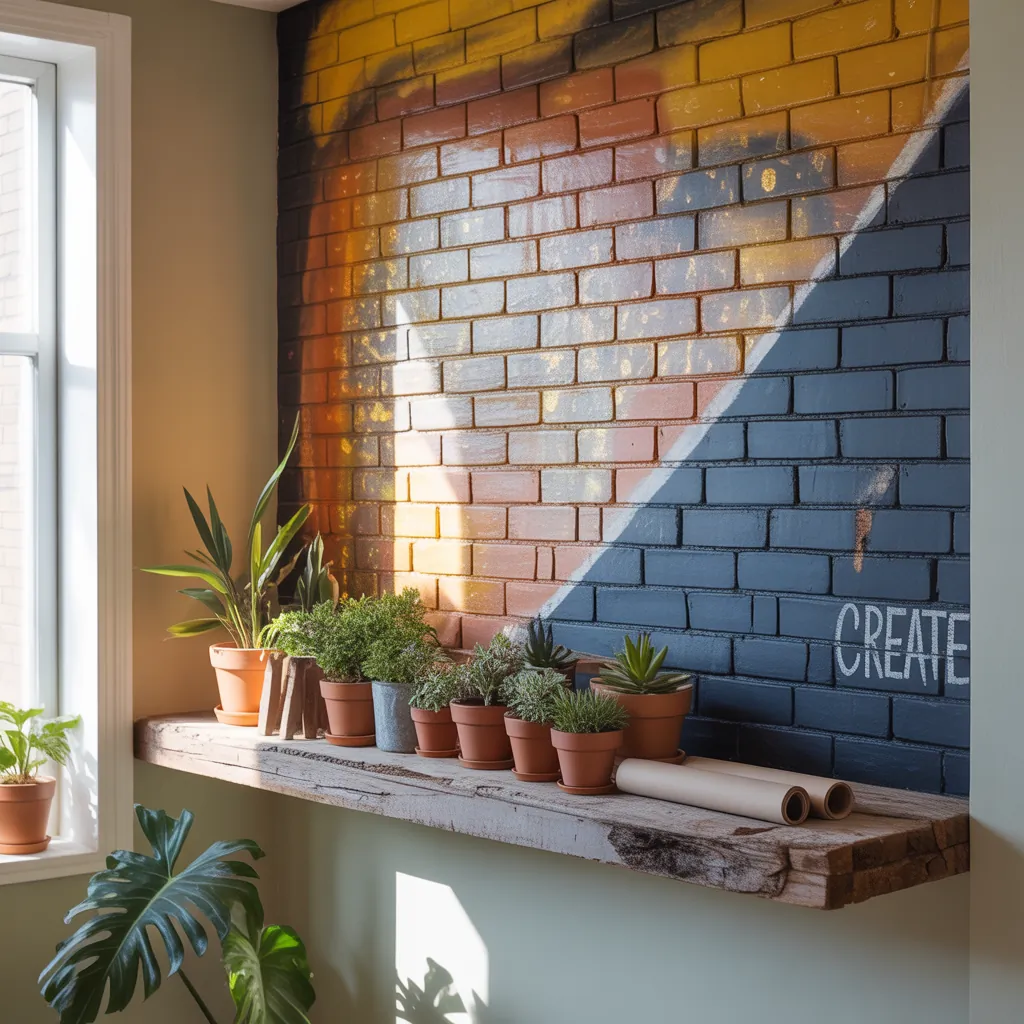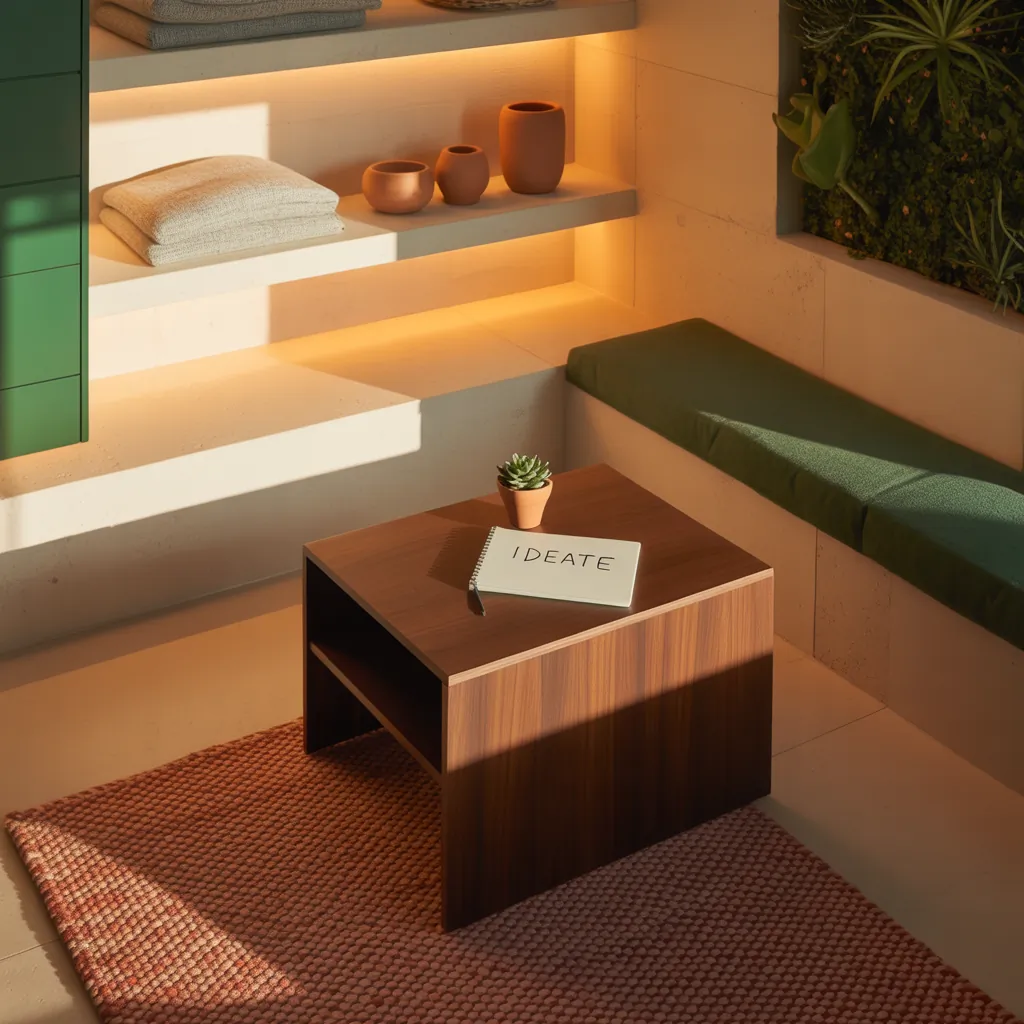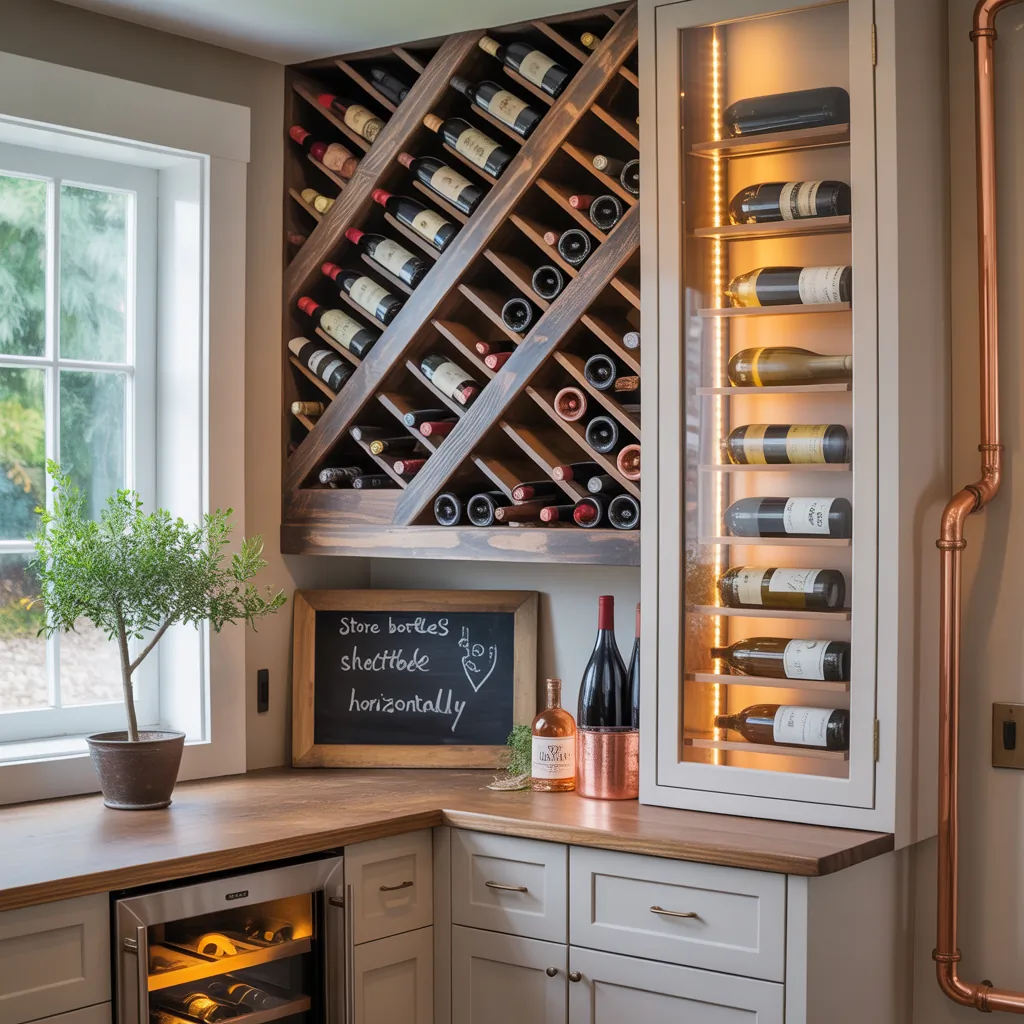Staring at that tired exposed brick in your living room or kitchen and wondering whether to cover it up or make it the star of the space? You’re not alone. Many homeowners face the same dilemma—beautiful texture but outdated color or inconsistent tones. The good news: with a few smart techniques and the right approach, you can refresh, modernize, or dramatize interior brick without losing its character. Here are practical, stylish, and achievable interior brick wall painting ideas to help you fall in love with your walls again.
Why Paint Interior Brick? When to Refresh vs. Preserve
Painting interior brick can instantly modernize a room, unify disparate brick tones, and brighten small spaces. But you’ll want to preserve original character when the brick itself is a focal point. Consider painting if:
- The brick color clashes with your current color palette.
- The mortar is stained or unevenly colored.
- You want a clean backdrop for art, shelving, or a media wall.
If the brick is historic or has unique patina, consider partial techniques (whitewashing, limewash) that maintain texture while softening color.
Quick Inspiration: 7 Interior Brick Wall Painting Ideas
- Whitewashed Brick Accent Wall — softens texture and reflects light for a coastal or Scandinavian look.
- Full Matte White Paint — creates a gallery-ready canvas that modernizes loft spaces.
- Dark Moody Brick — deep charcoal or navy for dramatic bedrooms or media rooms.
- Two-Tone or Ombre Brick — gradient painting for an artistic focal point.
- Partial Paint (Top Half/Bottom Half) — preserves brick while adding contemporary color blocking.
- Mortar Highlighting — paint mortar a different shade to define pattern and texture.
- Stenciled or Faux-Finished Brick — add patterns or subtle metallics for unique flair.
Step-by-Step: How to Paint Brick Walls Inside
Painting brick is an easy weekend project if you plan ahead. Follow these steps for successful results.
Materials & Tools
- Stiff-bristle brush and vacuum
- Masonry cleaner or trisodium phosphate (TSP)
- Exterior-grade caulk for gaps (if needed)
- Masonry primer (breathable, latex-based masonry primer)
- Masonry paint or high-quality acrylic latex paint
- Rollers with thick naps (3/4″–1″) and brushes for crevices
- Drop cloths, painter’s tape, respirator or mask, gloves
Preparation (Most Important)
- Clear the area and protect floors with drop cloths.
- Clean the brick thoroughly—vacuum loose debris, then scrub with cleaner. Allow to dry 24–48 hours.
- Repair cracks or missing mortar; let repairs cure.
- Test a small patch to ensure adhesion and desired color.
Priming and Painting
- Apply a breathable masonry primer to ensure paint adheres and moisture can escape.
- Use a thick-nap roller for large areas and brush into mortar joints and crevices.
- Apply two thin coats of masonry paint, allowing recommended dry time between coats.
- For whitewash or limewash, mix paint with water (test ratio) and apply with a brush, then wipe away excess for a translucent effect.
Finishing Touches
- Let paint cure fully before hanging shelves or artwork—usually 48–72 hours.
- If the brick is in a high-moisture area (basement, kitchen), consider a breathable sealer designed for masonry.
- Accent with trim, floating shelves, or contrasting grout lines to emphasize texture.
Design Tips: Colors, Finishes, and Effects
Choosing color and finish shapes the final look. Here are practical tips for selecting the right approach.
- Light Colors (white, cream): Open up small rooms, ideal for kitchen or bathroom renovations.
- Dark Colors (charcoal, deep green): Add drama and warmth to living rooms and bedrooms; pair with brass or warm wood.
- Matte vs. Satin: Matte hides imperfections; satin is easier to clean in high-traffic areas.
- Textures and Washes: Whitewashing keeps texture visible; limewash gives a chalky, historic look.
- Highlight Mortar: Painting mortar a lighter tone than brick makes the pattern pop and modernizes industrial spaces.
Real-World Advice from DIYers
From real projects, here are lessons I’ve seen homeowners learn the hard way:
- Always do a test patch. Lighting drastically changes perceived color on brick.
- Don’t skip primer—without it paint can flake off unevenly.
- If you rent a paint sprayer, practice first; spraying speeds up work but can oversaturate if not controlled.
- Expect the first coat to look blotchy—brick absorbs differently in spots. The second coat evens everything out.
- Work from top to bottom to manage drips and maintain a clean edge.
Project Ideas Room-by-Room
Living Room Accent Wall
Paint one exposed brick wall a soft off-white or warm charcoal to create a cozy focal point behind a sofa or media center. Add floating shelves and layered lighting for depth.
Kitchen Backsplash or Nook
Consider whitewashing or painting the brick a light neutral for an easy-to-clean surface that brightens the space. This works well with natural wood cabinets and open shelving—see more in our kitchen upgrades section.
Bedroom Headboard Wall
Dark tones or a gradient paint effect can make the bed feel nestled and intimate. Use matte paint to avoid glare.
Basement or Loft
For industrial lofts, emphasize raw texture with minimal paint—stain the brick with diluted paint for color without losing character. Find more ideas in our home design ideas collection.
Budgeting & Timeline
For an average 10’x12′ wall, expect to spend on materials between a modest amount (DIY whitewash) to a few hundred dollars for primer, quality masonry paint, and tools. Painting typically takes a weekend for prep and two coats, with additional time for curing. If hiring pros, factor labor costs but remember painting is often one of the most cost-effective home updates.
Frequently Asked Questions
1. Can I paint interior brick myself?
Yes—painting interior brick is a good DIY project if you follow proper prep: cleaning, repairing, priming, and using masonry paint. Take time to test samples and use appropriate tools (thick-nap rollers, brushes for crevices).
2. Is paint on brick permanent?
Paint on brick is semi-permanent. It will adhere for many years if applied correctly, but can be removed later with professional methods if you choose to restore the original look. Using breathable primers and paints helps prevent moisture issues.
3. What paint should I use on brick inside?
Use a masonry primer followed by a high-quality acrylic latex or masonry paint. For heritage properties, consider limewash to maintain breathability. Choose finishes based on the room—matte for visual depth, satin for easy cleaning.
Conclusion — Ready to Refresh Your Brick?
Interior brick wall painting ideas range from subtle whitewashing to bold, dark accent walls—each option can dramatically change the feel of a room. With the right prep, materials, and a weekend of effort, you can transform exposed brick into a stylish focal point that reflects your design goals. Ready to try a project? Check out our DIY projects section for step-by-step guides, gather your supplies, and start with a small test patch. Share your before-and-after photos and keep experimenting until your space feels like home.



